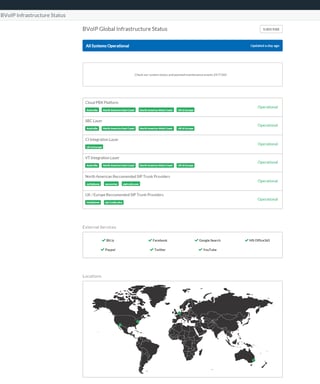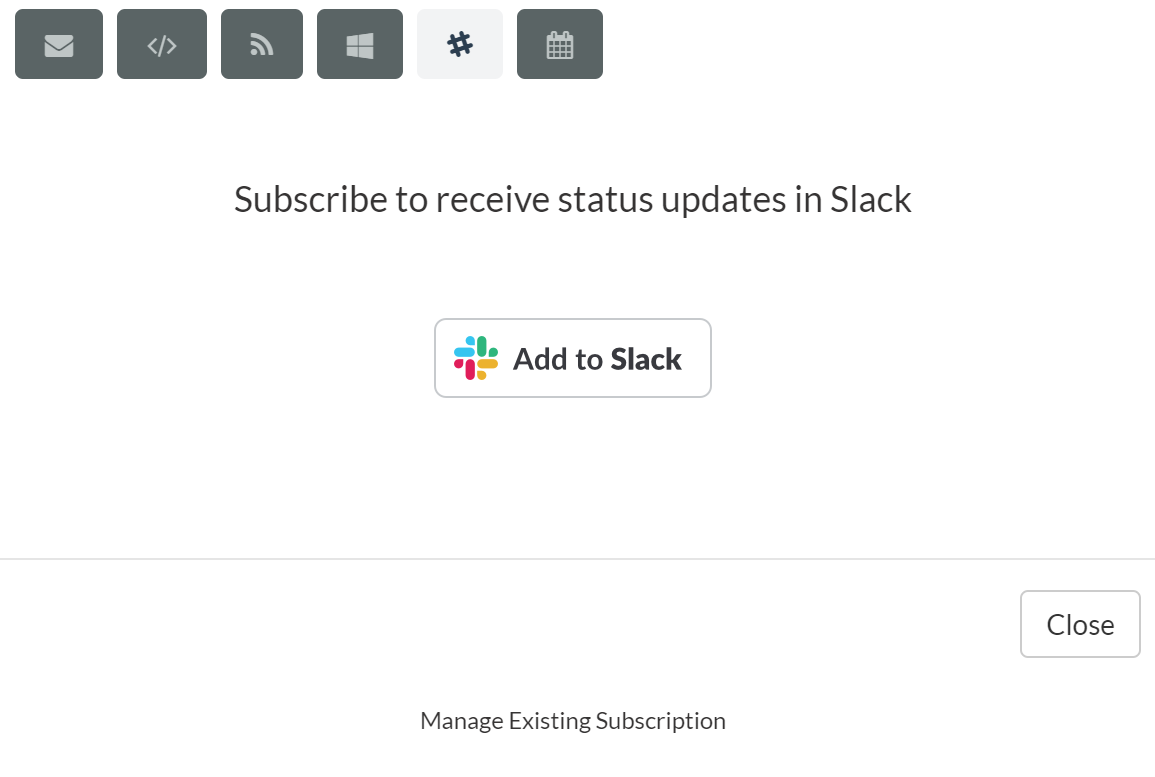Your IT / Managed Services Provider (MSP) has finally pressed forward with taking stuff off premise and moving to the cloud for  everything you can possibly can. This was an obvious move since everything is going that way and it helps everything from truck rolls to the profitability of your company. Now you and your downstream customer rely on a multitude of cloud vendors to do their job and deliver that service consistently all the time. However, you having been in the IT business for a while know that technology is NOT foolproof and at some point there will be a problem right? Every vendor at some point will have a problem. It just is what it is and we have all been there through some sort of tech that fails at some point. The “big guys” are not immune to this either. So how do you handle a cloud service going down or failing over?
everything you can possibly can. This was an obvious move since everything is going that way and it helps everything from truck rolls to the profitability of your company. Now you and your downstream customer rely on a multitude of cloud vendors to do their job and deliver that service consistently all the time. However, you having been in the IT business for a while know that technology is NOT foolproof and at some point there will be a problem right? Every vendor at some point will have a problem. It just is what it is and we have all been there through some sort of tech that fails at some point. The “big guys” are not immune to this either. So how do you handle a cloud service going down or failing over?
With the reality that you have standardized your customers on the same underlying Cloud solutions the fact of the matter is that you are no longer in a position to wait for that box to go down or that drive to fail. Yes, there are still some things that can go wrong on-prem like a router failing or an ISP or telco going down but that’s not as bad since the customer’s services to the outside world still look online and running since they are in the cloud. However, your customers have been conditioned for years that if the lights are on and the telephone pole didn’t get hit down the street then they should be up and running right?
This puts you into a position of having to educate your customer that the cloud works a bit differently than that on-prem system that they used to have! If your cloud vendors are doing their job properly there are redundancies in place to deal with failures. The issue then comes to how to make sure your customers understand what the experience is going to be when a vendor’s redundant systems kick into gear in the event of a problem. Are your vendors communicating with you when a problem occurs? Most have some sort of system in place to notify you or give you some sort of portal to sign into to see status of their systems right?
I argue that if many or all of your customers are on the same cloud services then maybe you should take a page out of the “big guys” book and implement and status and uptime portal and notification system for your customer too! You can stack all of the cloud services that you put your customers on like Office365, Backup, DNS, Web Hosting, Cloud Desktop and Servers, File Sync and Share, CRM/ERP, and why not while you are at it Cloud VoIP too! Now, you can keep your customers in the loop on not only problems that come down that affect them all when let’s say office365 is having a problem but you can also advise them of maintenance windows, upcoming changes to service, and anything else that affect your customer base as a whole.
 When you can keep your customers updated before they even pick up the phone to call you or send in that ticket you could have cut the issue off at the pass. That means your customers know that things are being handled, your team isn’t getting slammed unexpectedly, and you WILL have a much better customer experience which will mitigate the uncomfortable conversations that arise when a customer’s expectation is that it will work the same way it did when everything was on-prem. They often forget when that server crashed, that system failed, that unit had to be replaced a while back that during that time they were down. Today, all they know is that for 5 or 10 minutes their outlook wasn’t connecting and that would have NEVER happened if the Exchange Server was still on-site…WRONG!
When you can keep your customers updated before they even pick up the phone to call you or send in that ticket you could have cut the issue off at the pass. That means your customers know that things are being handled, your team isn’t getting slammed unexpectedly, and you WILL have a much better customer experience which will mitigate the uncomfortable conversations that arise when a customer’s expectation is that it will work the same way it did when everything was on-prem. They often forget when that server crashed, that system failed, that unit had to be replaced a while back that during that time they were down. Today, all they know is that for 5 or 10 minutes their outlook wasn’t connecting and that would have NEVER happened if the Exchange Server was still on-site…WRONG!
Be PROACTIVE and get in front of this and I promise you will be in a much better situation with your customers and your staff as well. Here at BVoIP, we implemented as solution exactly like the one we have been talking about in this post called Status.io. We use the same exact methodology that keeping our partners updated on everything from routine maintenance to issues that are occurring in real time is critical. There are many solutions out there that quite frankly are in-expensive and I highly recommend putting a similar system in place for your IT / MSP firm.























